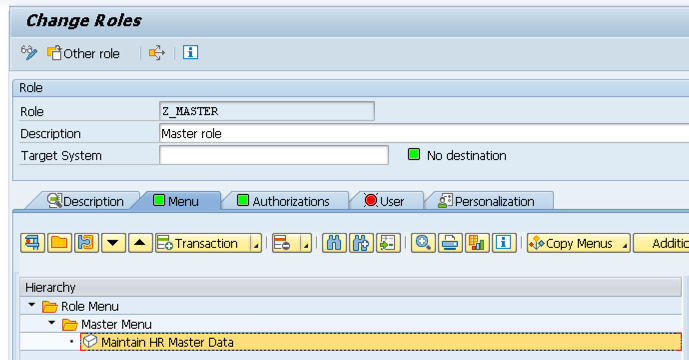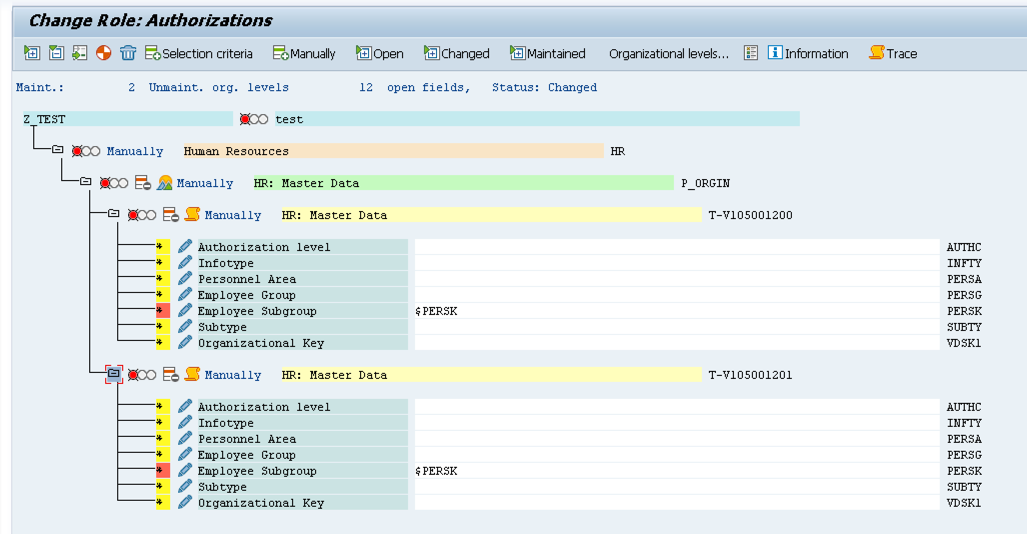Easy way to see your access permissions
Do you know there is an easy way to see your access permissions in SAP? Sometimes you can find out even more what lazy security administrators forgot to cut out.
All you need is to open one specific transaction, expand all the shown data and download the list to the MS Excel. Open it there, sort and remove duplicates to make it easy-looking.
And here we go, SU56 allows you to see all your permissions with a user you logged in. It reads security buffer and shows all objects and security field values.
Don’t thank me, just share and subscribe!

